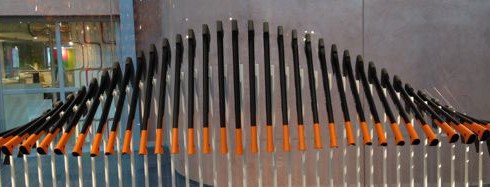An event organised by #SinArts and Canvas Art International on Tuesday May 27. Among the works of Wu Junyong’s solo exhibition, we – I, Xiaowen Ju and Alex lebbink – will engage with the questions: can Chinese art still be critical in this time of intense commercialization? Has it ever been critical? Is there a local (or international) market for critical Chinese art? What does ‘being critical’ mean in the context of China, and can we trace a specific mode of critique in the history of Chinese aesthetics?
Chinese contemporary art has an image of extreme commercialization, powered by huge sales numbers at the world’s biggest auction houses. China’s most famous art districts are overwhelmed by commercial shops and galleries that offer little room for critical thinking – so it seems. But is that really the case?
Is all Chinese art really made for the market? Or are there truly autonomous artists? Do artists have to maintain a commercial career to finance their critical and more independent art? It seems as if most commercial art with political content, e.g. cynical realist works from artists such as Yue Minjun or Fang Lijun, started off as original and pure works but developed into a brand. Does that impede on their criticality or not? And how critical is the work of artists such as Ai Weiwei or the young Liu Wei, work that seems to be better received outside than inside China?
Drawing on their experiences in the Chinese art world, the speakers will probe into the (im)possibilities of critical art in today’s China. What does criticality mean in the political context of China? And are there different aesthetic traditions that can be mobilized to articulate a critique?
See here for more information.
